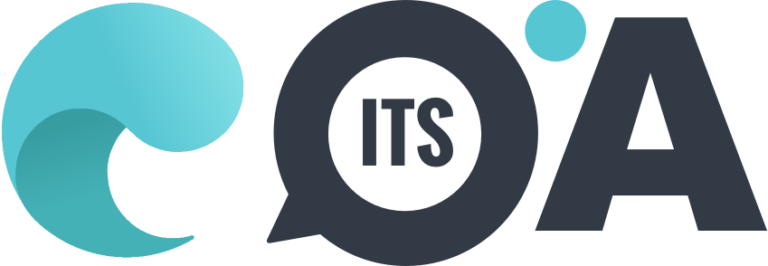Recently the Director of National Institute of Oceanography (NIO), S.W.A. Naqvi said that tsunamis are not new to the Western India Coastline. 2007 was the most recent. It hit the Gujarat Coast and Goa felt the effects.
Tsunamis, occurring even up to a travel distance of eight hours away, could hit Goa. The state is also vulnerable to storm surges, due to local coastline and estuarine topography. Therefore there is a great need for city planners to incorporate the potential of the western Indian coastline as a tsunami-prone area, while planning urban habitats in the state.
Makran seismic activity affects Goa
Located near Gujarat coast in the Makran region, (near Pakistan) is a boundary of two tectonic plates which are seismically active. This is where most of the country’s Western coast tsunamis are generated.
However, Naqvi, recorded two major tsunamis along the western coast which impacted Goa in the past few decades. One such wave measuring as high as 10 metres rocked the Gujarat coast in November 1945. The other tsunami affected Portuguese fleet, sailing near the coastline. Recorded 5 centuries ago.
“I think it also happened in 1520s, shortly after the Portuguese came here. Their fleet was also affected,” he said. The third and possibly one of the earliest recorded tsunamis, Naqvi said, could have occurred 3,500 years ago at Dholavira, once a port and the biggest Harappan site in India.
“At Dholavira 5,000 years back, they had a fair idea that this was a tsunami prone area, but because economically it was a very strategic area, they built the city and port. But they also built an 18-metre (thick) wall to protect them from the tsunami,” Naqvi said. The port town flourished for around 1,500 years before a tsunami destroyed it, the scientist said.
Monitoring the sea
A station at Verem in Goa now monitors sea-level and sea-water temperature oscillations. This station is pivotal in Goa. Monitoring the slight changes with the pressure, rainfall and atmosphere along with the sea fluctuations. The data obtained can warn scientist and save countless lives (if ever a tsunami strikes Goa).
However there is a greater need for tsunami prone planning with regards to urban development in the state. Man cannot match up to the strength of nature. However with proper planning and precautions, we may be able to survive a natural disaster.


